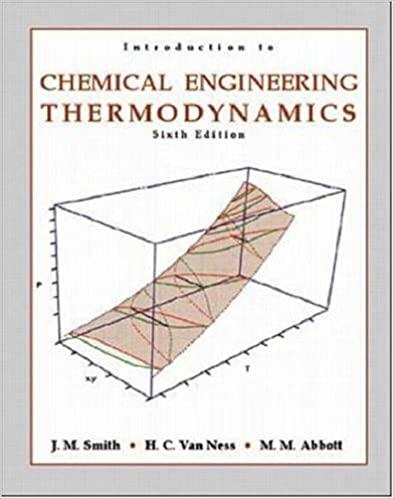Question
Please help!!! Which unit cell has the most efficient packing density (the most atoms per unit cell)? sart(3) * a = 4r (2 hard sphere
Please help!!!
Which unit cell has the most efficient packing density (the most atoms per unit cell)?
sart(3) * a = 4r (2 hard sphere atoms span the cube diaonal) Feedback: Remember, the packing density for any unit cell is defined as the volume of all atoms in the unit cell, divided by the volume of the unit cell. So we need to know the unit cell volume, which equals a^3 for any cube (assuming a is the length for each side of the cube...materials scientists call this the 'Iattice parameter'). AND we need to know how many atoms are in the cube, which depends on the unit cell. Look it up for the unit cells considered here. The overall volume for N 'hard spher' atoms in a unit cell (we can predict a LOT of properties assuming they are hard spheres, though of course strictly they are not) is finally Vatoms=N*4/3*pi*^3 (where r is the atomic radius). But hang on, don't a and r totally depend on the material and specific atoms? Yes, of course! The packing density (their ratio) is still material independent though. Here's why: The unit cell structure gives us a way to relate a and r. This is based on particular vectors in the unit cell which span exactly (N) touching atoms (again assuming the atoms are hard spheres). For example, the edge of an SC unit cell spans 2 atoms, thus a=2r. For FCC, 4 atomic radii are spanned across the unit cell face diagonal, so 4r=sqrt(2)*a. BCC has 4 radii spanning across the unit cell 'body diagonal' (ie from one corner to the furthest opposite corner). You can certainly find other vectors to relate r and a, which will give the same answer (but harder math...) so long as those vectors properly account for the hard spheres and there aren't actually gaps in between the atoms along those vectors.
Step by Step Solution
There are 3 Steps involved in it
Step: 1

Get Instant Access to Expert-Tailored Solutions
See step-by-step solutions with expert insights and AI powered tools for academic success
Step: 2

Step: 3

Ace Your Homework with AI
Get the answers you need in no time with our AI-driven, step-by-step assistance
Get Started


